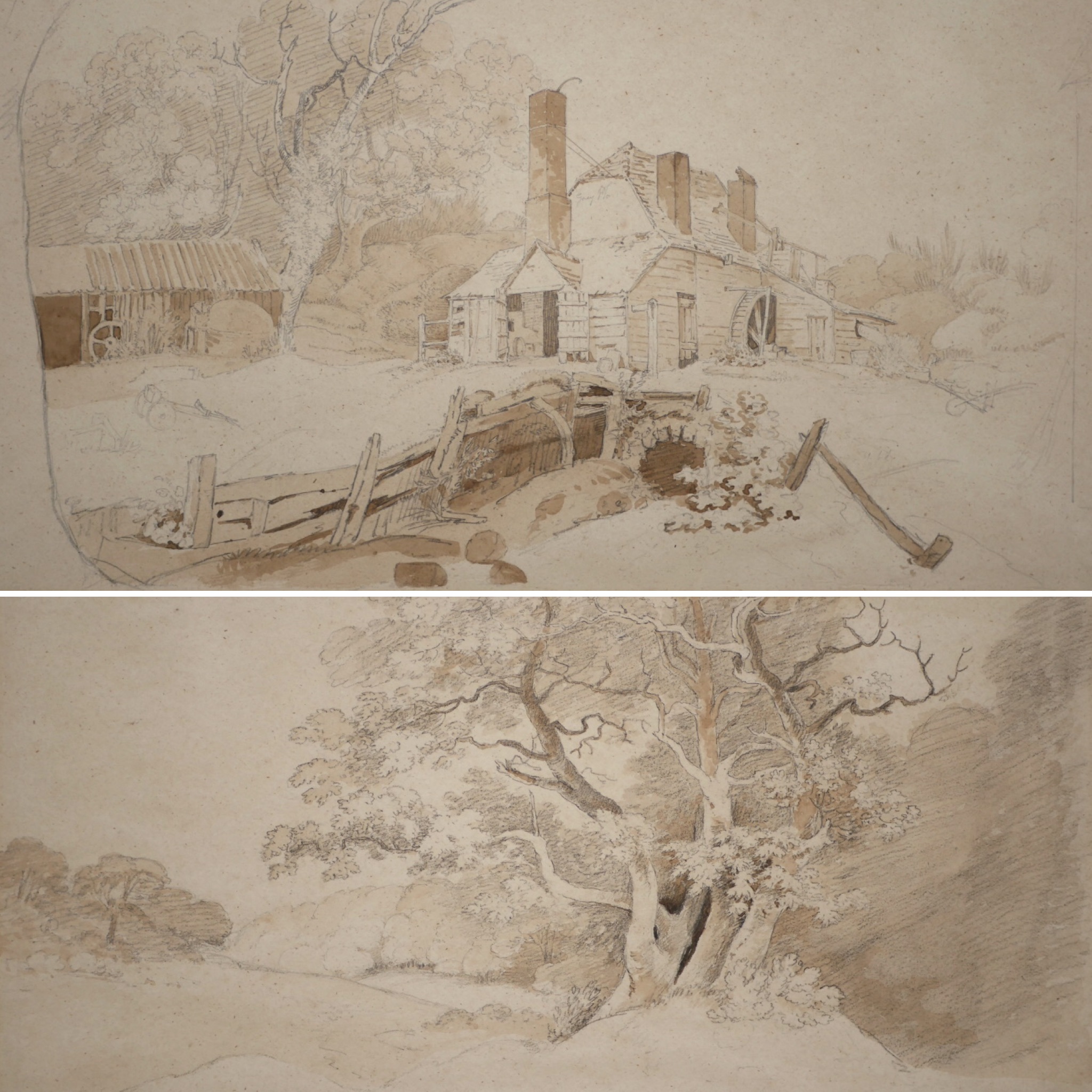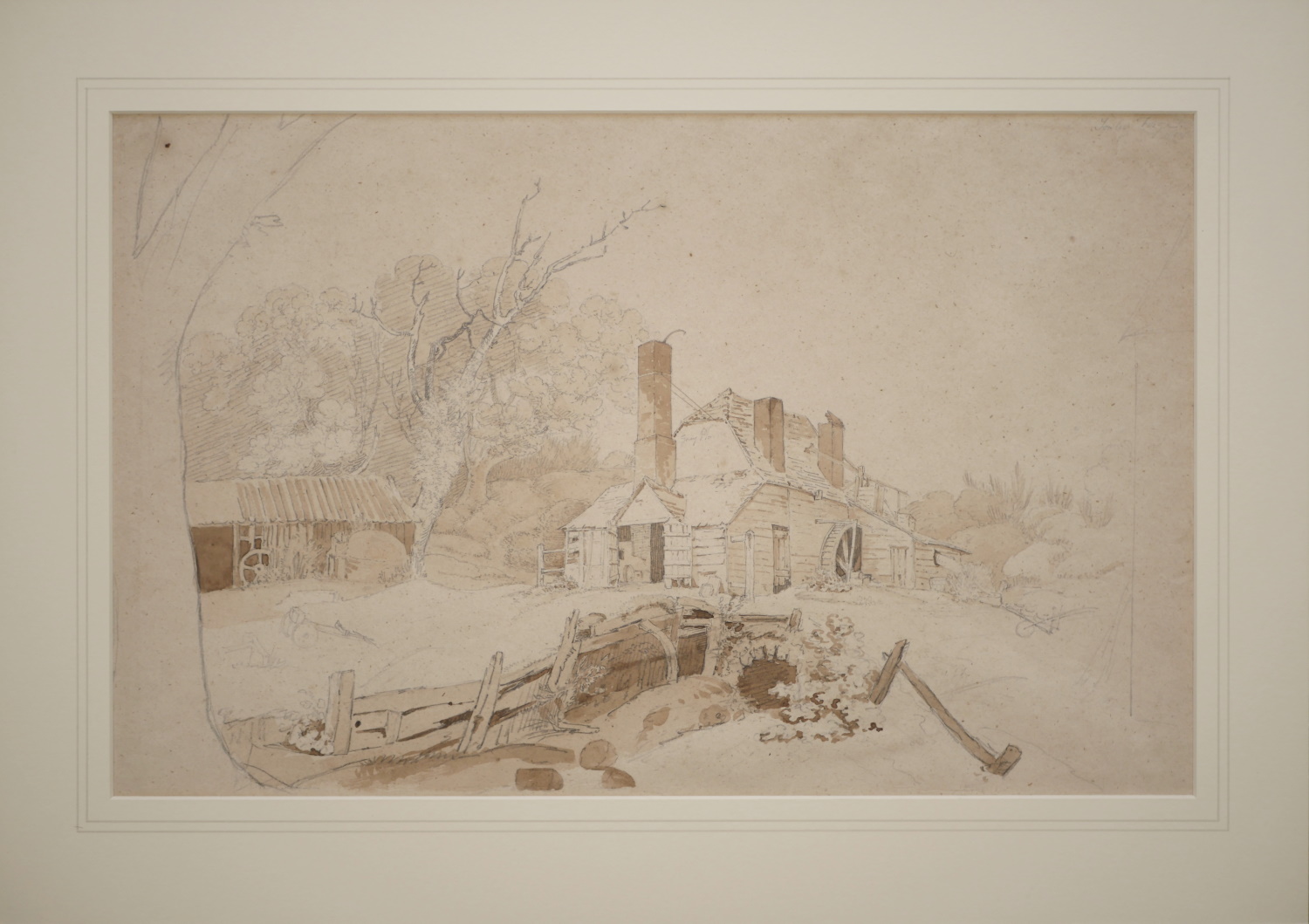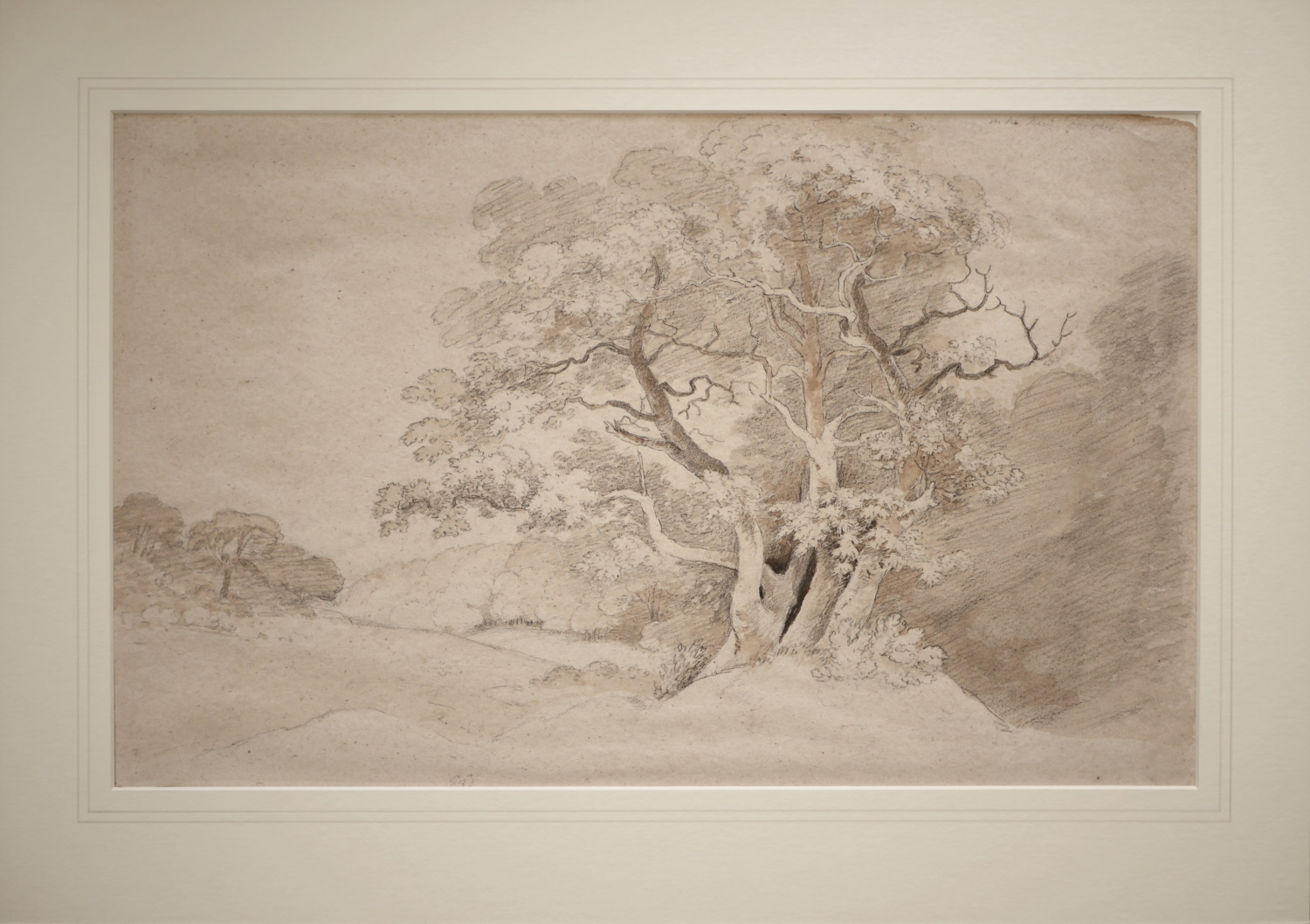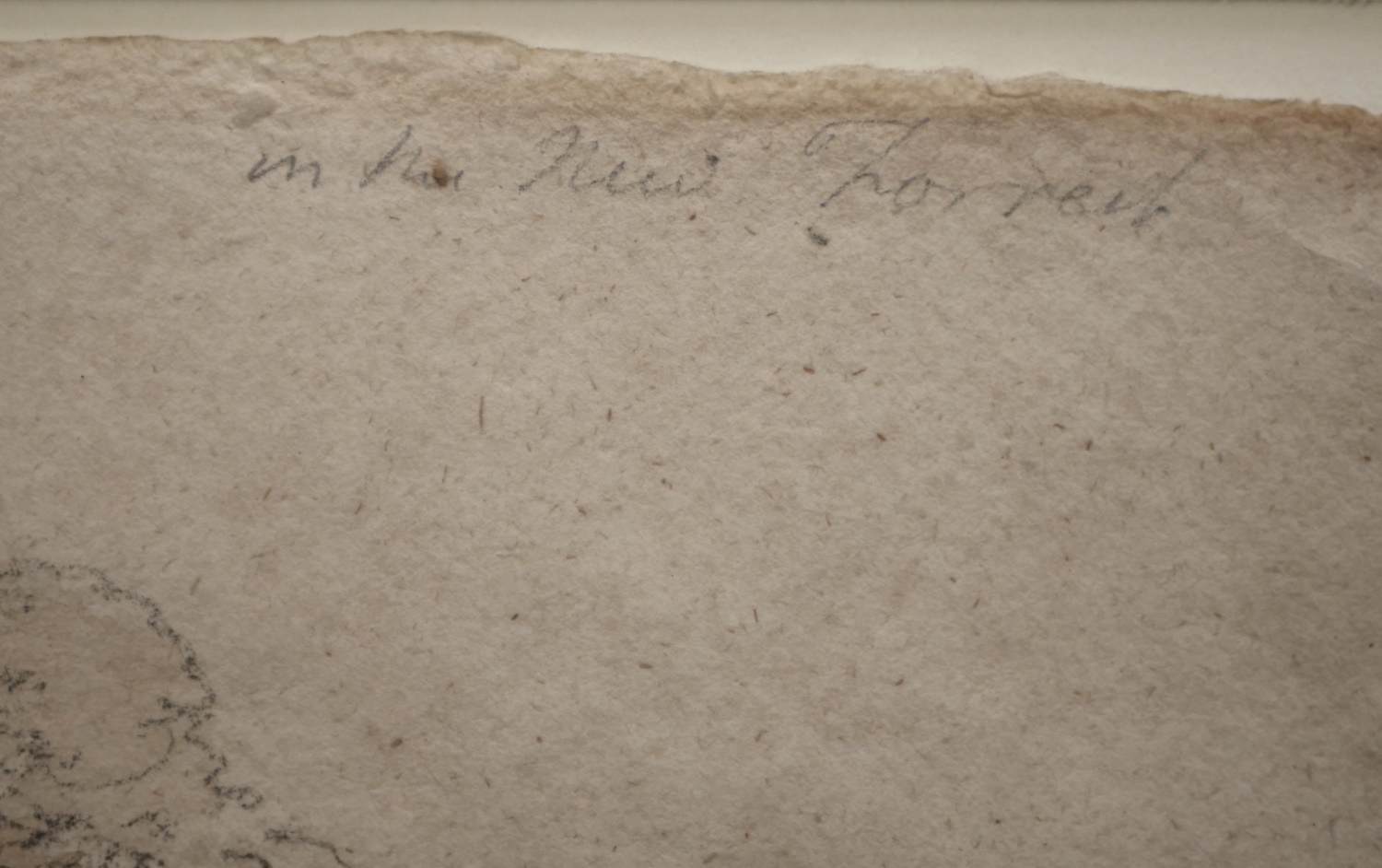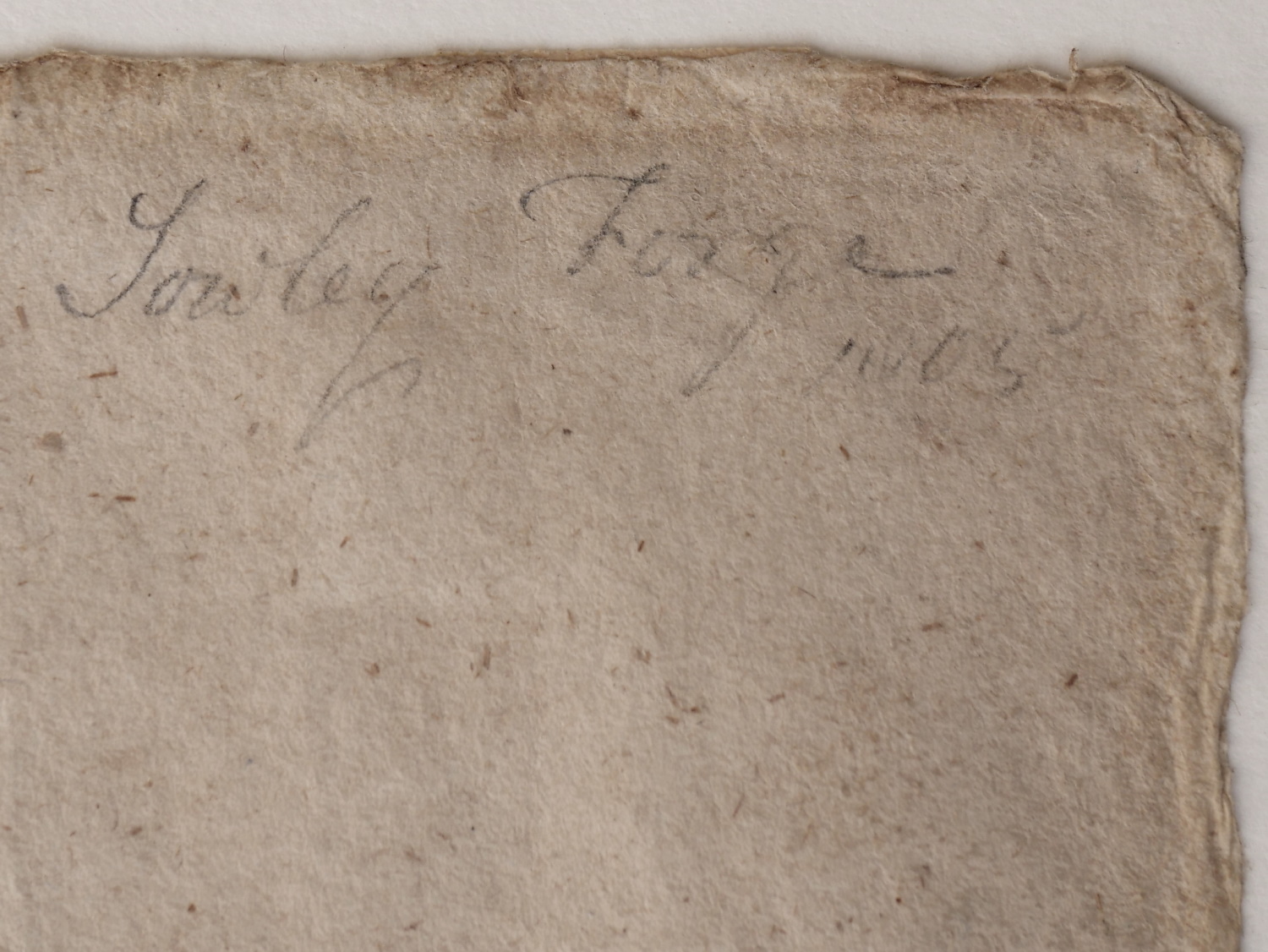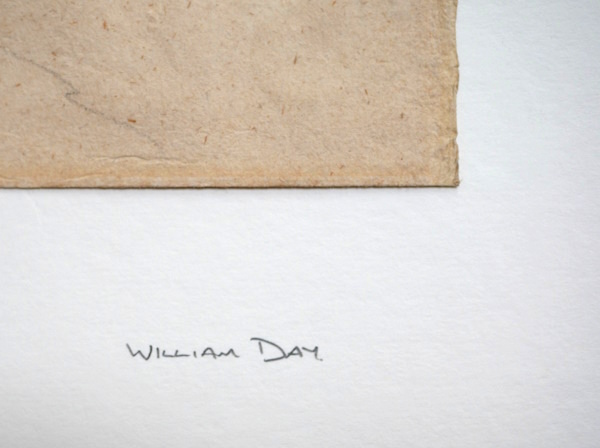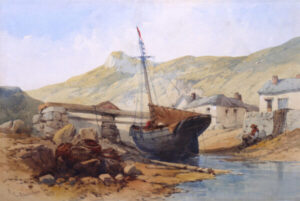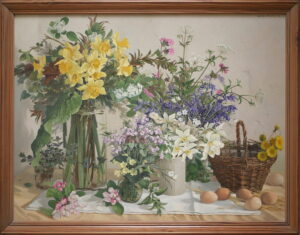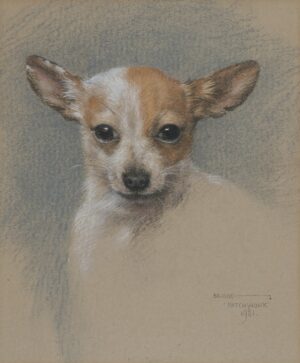Day, William (1764-1807)
William Day was an accomplished artist, many of his watercolours and wash drawings are unsigned, but are often numbered, with an identifying inscription. A keen mineralogist and geologist, Day exhibited regularly at the Royal Academy between 1782 and 1801. His later recorded works, dated 1805, are mainly in pen or pencil and wash and taken from Hampshire, Sussex and the Isle of Wight.
Day worked as a linen draper in London until about 1804, when he inherited a Sussex estate. He made several sketching tours with his friend John Webber (1751-1793) who was the official artist for Captain Cook’s third voyage – the voyage in which Cook was killed in Hawaii. Their tours together included visits to Derbyshire in 1789 and to North Wales in 1791. He was self-taught, and his style was greatly influenced by Webber, whose practise of making detailed pencil drawings on the spot, and colouring them later, he followed.
Judy Egerton’s Connoisseur article on William Day (Vol 174, 1970) states that Day’s interests were Geology, Minerology and Painting – in that order. He also ‘formed one of the earliest private collections of minerals in England; and always took on his sketching tours a bag for specimens as well as a box of watercolours’.
